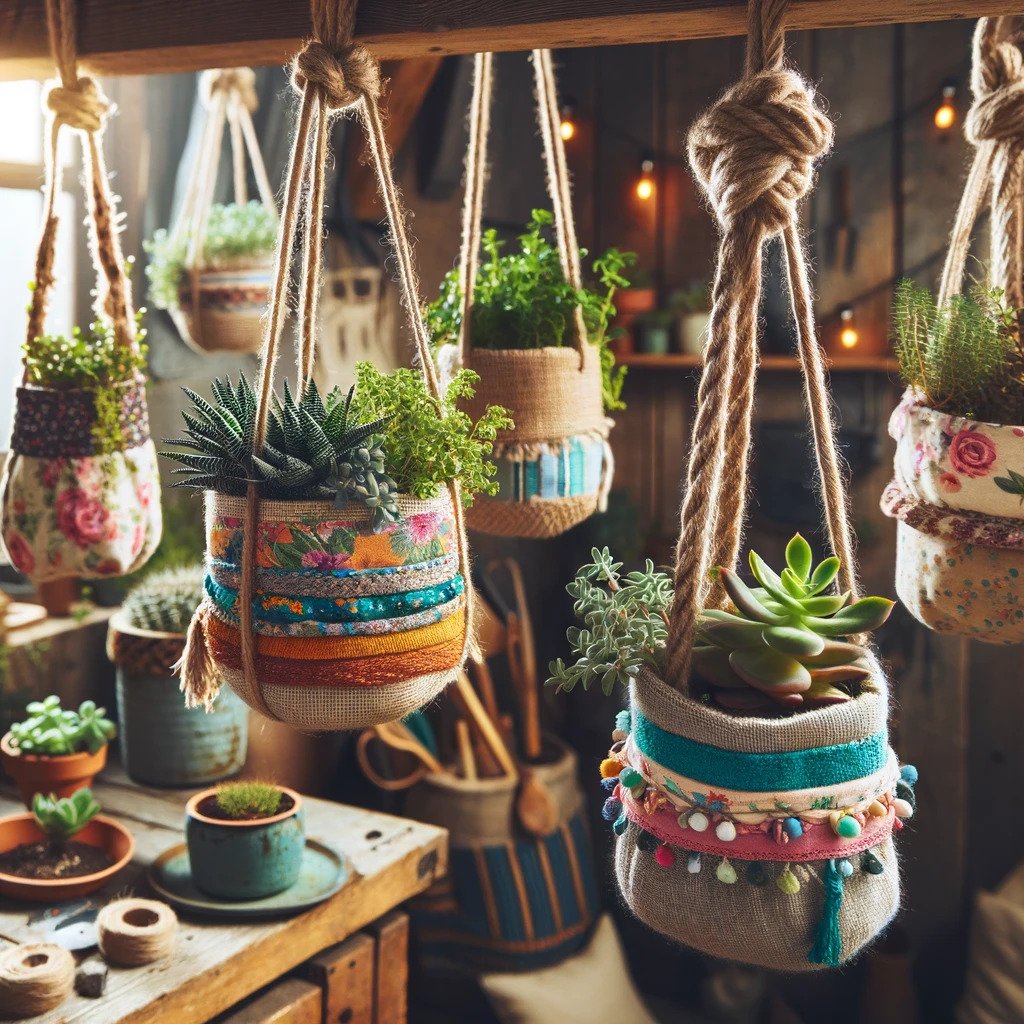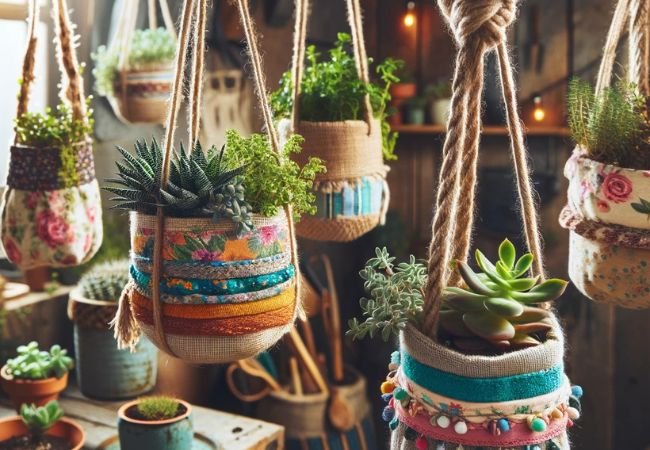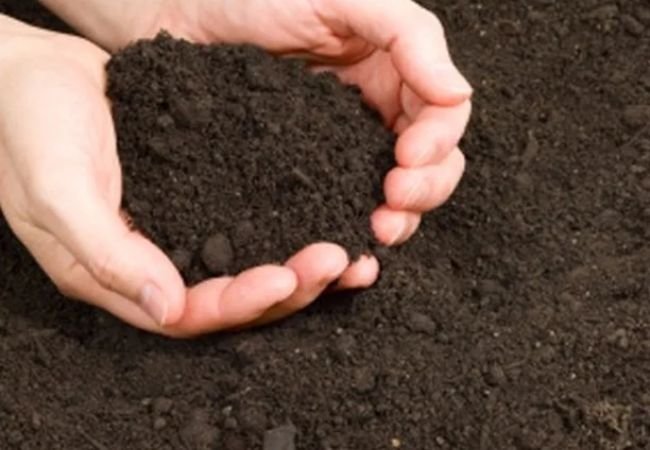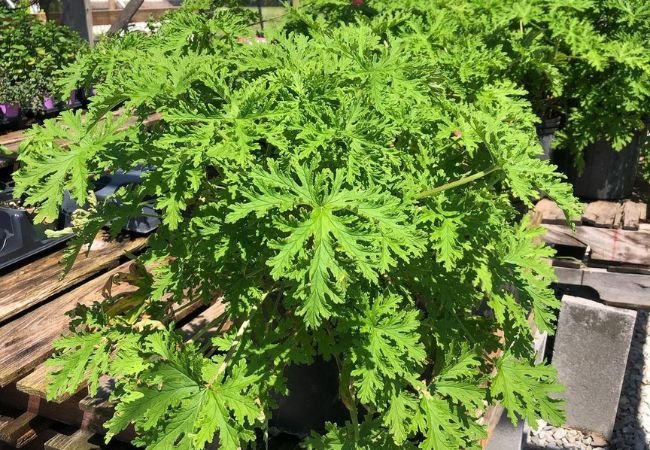Turn your unwanted towels and fabric scraps into unique hanging planters through this sustainable upcycling project. By repurposing these household items, you can create attractive and functional plant holders that add a touch of nature to any space. This DIY guide provides easy-to-follow steps and creative design inspiration.
As an experienced crafter and environmental advocate, I’m excited to share this project that combines my passions for sustainability and home decor. Upcycling old materials into functional and decorative pieces is a wonderful way to reduce waste and give new life to items that might otherwise end up in a landfill.
Gathering Your Materials

To get started, you’ll need the following:
- Old towels, t-shirts, or other fabric scraps
- Scissors
- Needle and thread (or sewing machine)
- Sturdy rope or macrame cord
- Potting soil and small plants or succulents
Consider reaching out to friends and family to collect any unused towels or fabric pieces they may have. The more variety in your materials, the more unique your planters will be.
Preparing the Fabric

- Cut your towels or fabrics into desired shapes and sizes. Square, rectangular, and circular shapes work well for hanging planters.
- If using towels, cut away any thick or stiff hems, leaving just the soft, absorbent fabric.
- For t-shirts or other stretchy fabrics, cut away any seams or hemlines to create a more seamless look.
Creating the Planter Body
- Fold the fabric in half to create a pocket shape, with the wrong sides facing out.
- Sew along the open edges, leaving a small opening at the top to insert the plant.
- Reinforce the stitching for added durability, especially around the top opening.
- Turn the fabric pocket right-side out, creating a planter shape.
Adding the Hanging Mechanism
- Cut several lengths of rope or macrame cord, approximately 18-24 inches long.
- Attach the cords to the top of the planter using a needle and thread. Space them evenly around the opening.
- Tie the ends of the cords together to create a sturdy hanging loop.
Filling and Planting
- Fill the fabric planter with potting soil, leaving enough room at the top for your plant.
- Gently place your plant or succulent into the soil, ensuring it is securely positioned.
- Water the plant lightly, being careful not to oversaturate the fabric.
Styling and Placement
Get creative with the placement and styling of your new hanging planters:
- Hang them in groups for a bold, impactful display.
- Arrange them in different heights and sizes for visual interest.
- Use them to add greenery to empty corners, entryways, or outdoor spaces.
- Coordinate the fabric colors and patterns to match your home’s aesthetic.
For additional inspiration, check out these DIY Hanging Planter projects on Pinterest.
Caring for Your Upcycled Planters
- Water your plants regularly, checking the soil moisture before adding more water.
- Avoid overwatering, as the fabric planter may retain moisture more than traditional planters.
- Fertilize your plants according to their specific needs, typically every 2-3 months.
- Prune or trim your plants as needed to maintain their shape and health.
Embracing Sustainability
This upcycling project not only adds charm to your living space but also helps reduce waste. By repurposing old towels and fabric scraps, you’re giving them a new lease on life and keeping them out of landfills.
For more information on textile waste and sustainable living, check out the EPA’s guide on Textiles: Material-Specific Data.
Transforming old towels and fabric scraps into hanging planters is a fun and eco-friendly way to add greenery to your home or outdoor areas. This easy DIY project allows you to exercise your creativity while reducing waste and giving new life to discarded materials. Whether you choose to display your planters alone or in vibrant groupings, they’re sure to bring a touch of nature and sustainability to any space. Happy upcycling!
For more gardening tips and plant care guides, visit usagardenhub.com.






